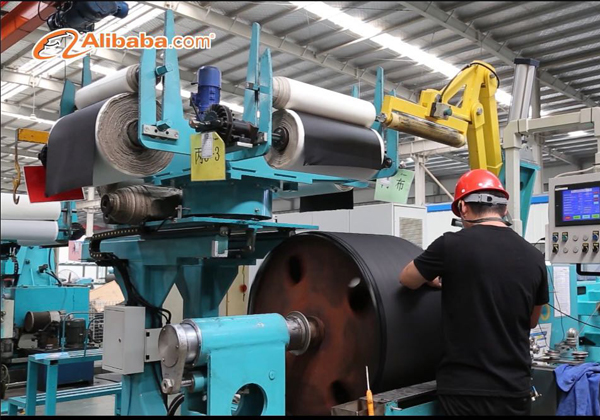- Arabic
- French
- Russian
- Spanish
- Portuguese
- Turkish
- Armenian
- English
- Albanian
- Amharic
- Azerbaijani
- Basque
- Belarusian
- Bengali
- Bosnian
- Bulgarian
- Catalan
- Cebuano
- Corsican
- Croatian
- Czech
- Danish
- Dutch
- Afrikaans
- Esperanto
- Estonian
- Finnish
- Frisian
- Galician
- Georgian
- German
- Greek
- Gujarati
- Haitian Creole
- hausa
- hawaiian
- Hebrew
- Hindi
- Miao
- Hungarian
- Icelandic
- igbo
- Indonesian
- irish
- Italian
- Japanese
- Javanese
- Kannada
- kazakh
- Khmer
- Rwandese
- Korean
- Kurdish
- Kyrgyz
- Lao
- Latin
- Latvian
- Lithuanian
- Luxembourgish
- Macedonian
- Malgashi
- Malay
- Malayalam
- Maltese
- Maori
- Marathi
- Mongolian
- Myanmar
- Nepali
- Norwegian
- Norwegian
- Occitan
- Pashto
- Persian
- Polish
- Punjabi
- Romanian
- Samoan
- Scottish Gaelic
- Serbian
- Sesotho
- Shona
- Sindhi
- Sinhala
- Slovak
- Slovenian
- Somali
- Sundanese
- Swahili
- Swedish
- Tagalog
- Tajik
- Tamil
- Tatar
- Telugu
- Thai
- Turkmen
- Ukrainian
- Urdu
- Uighur
- Uzbek
- Vietnamese
- Welsh
- Bantu
- Yiddish
- Yoruba
- Zulu
Aug . 29, 2024 21:51 Back to list
3d printer timing belt
Understanding the Importance of Timing Belts in 3D Printers
3D printing technology has revolutionized various industries, from manufacturing to healthcare. While many people marvel at the creativity and possibilities that 3D printers provide, a crucial element contributing to their success is often overlooked the timing belt. The timing belt plays a vital role in the precision and reliability of 3D printing operations, impacting everything from print quality to machine longevity.
What is a Timing Belt?
A timing belt is a type of synchronous belt used in various machinery to facilitate movement and maintain synchronization between components. In 3D printers, the timing belt connects the stepper motors to the moving parts of the printer, such as the print head and build plate. Its primary function is to translate rotational motion from the motor into linear motion, ensuring that the print head moves accurately along the X and Y axes.
The Role of Timing Belts in 3D Printing
Precision is paramount in 3D printing. A small deviation in movement can lead to defects in the final product. This is where the timing belt comes into play. By providing a reliable means of transferring power, timing belts ensure that the print head and build plate move exactly as programmed by the printer’s software.
Timing belts also help in reducing backlash – the slight movement that occurs when a motor changes direction. High-quality timing belts and tensioning systems can minimize this effect, allowing for sharper details and smoother finishes in printed objects.
3d printer timing belt

Types of Timing Belts
There are various types of timing belts available, and the choice of belt can affect both performance and cost. Common types include reinforced rubber belts, polycarbonate belts, and even steel-reinforced varieties. Each comes with its own set of benefits. For instance, reinforced rubber belts offer flexibility and durability, while steel-reinforced belts provide exceptional strength, making them ideal for larger or more industrial-grade printers.
Maintenance and Replacement
Like any mechanical component, timing belts do wear out over time. Regular maintenance is crucial to ensure they function effectively. Users should periodically check the tension of the belt, as incorrect tension can lead to uneven movement and print defects. Signs that a timing belt may need replacement include visible wear, fraying, or decreased print quality.
Replacing a timing belt is a straightforward process, but it requires attention to detail to ensure proper alignment and tension. Users should consult their printer’s manual for guidance on the specific type of belt compatible with their model.
Conclusion
In summary, the timing belt is an often-underappreciated yet essential component of any 3D printer. Its role in ensuring precise movements and print quality cannot be overstated. For enthusiasts and professionals alike, understanding the functionality, types, and maintenance of timing belts can lead to improved printing outcomes and enhanced machine longevity. As 3D printing technology continues to evolve, ensuring the effectiveness of every component, including the timing belt, will remain critical for producing high-quality prints efficiently.
-
Korean Auto Parts Timing Belt 24312-37500 For Hyundai/Kia
NewsMar.07,2025
-
7PK2300 90916-T2024 RIBBED BELT POLY V BELT PK BELT
NewsMar.07,2025
-
Chinese Auto Belt Factory 310-2M-22 For BMW/Mercedes-Benz
NewsMar.07,2025
-
Chinese Auto Belt Factory 310-2M-22 For BMW/Mercedes-Benz
NewsMar.07,2025
-
90916-02660 PK Belt 6PK1680 For Toyota
NewsMar.07,2025
-
drive belt serpentine belt
NewsMar.07,2025

